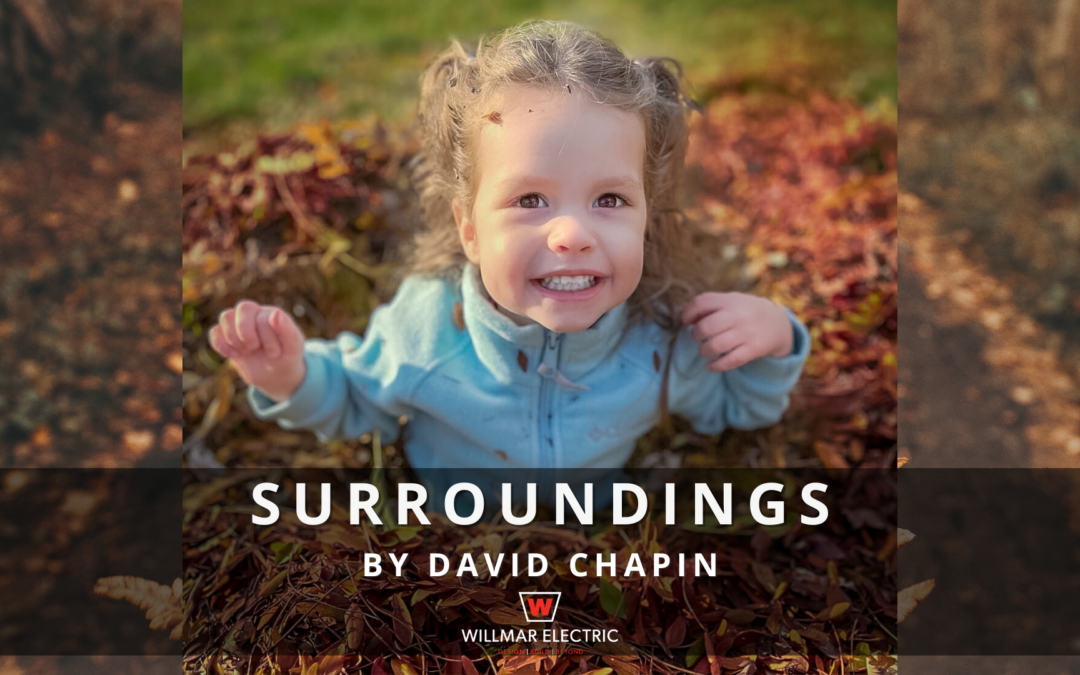Recently, my two-and-a-half-year-old granddaughter, Amelia, looking out the front window of her house at the leafless trees along the street she lives on, said, “I’m waiting for the leaves to come back, and then it will be Easter.” Precious. It might be the cutest story you hear all day—such wisdom at a young age.
A pessimist might complain she is skipping Christmas. Even from a Biblical standpoint, you can’t have Easter unless you have Christmas first.
But this blog isn’t about being pessimistic (or Easter or Christmas). Plus, most of the family doesn’t get bogged down in theology when we talk with toddlers.
It is about seeing what is around you and seeing what that means about what is ahead.
How can somebody so young see something so obvious? Every year, the leaves fall off the trees on Amelia’s street, and after a long, cold Minnesota winter, the snow melts. A sure sign of Spring is the new growth in the plants and trees. Easter is, of course, associated with Spring.
But in her case, she has experienced three Springs. She was born in March. So, when Easter came, she knew nothing about it. She could barely comprehend Baylor winning the NCCA Championship. At seven months old the following year, she could not notice the leaves were gone because she could stand at the front window and look out. So, last year was her first chance, and she locked it in.
But seeing something and knowing what will happen next isn’t always present in the lives of the people around us.
Why don’t we all do a better job of thinking about the signs around us? If a toddler can see Easter coming by looking in her yard, the adults should be able to analyze our surroundings. We simply need to pay better attention, and in no place does this concept come into play more than the safety and injury avoidance world.
Step number one is to ask yourself, do you care about the well-being of the people around you? If you don’t, you should commit to hanging out with better people or stop reading. (This blog is about caring about other people).
Step number two is to ask yourself if you are willing to do something, if necessary, to prevent them from getting hurt.
If you have gotten this far and are answering yes to my questions, the final two steps are where you can make a difference. Nearly everybody makes it to this step. The difference makers and the people who care take it to the next two levels.
Step number three is to make a point to look around and see where the danger lies. I know nearly every injury investigation we have done gives us the hindsight to “see” that we missed a sign of a potential danger and did nothing to remove the potential for injury. We need to be aware of what is around us.
The final and most crucial step is to act. Do something.
Few things in life are cuter than stories about toddlers. Few things in life are sadder than looking backward and knowing you could have done something and didn’t. In English, we have a word for it: regret. It is hard to live with.
Easter is coming. You can count on it. It would be best if you planned for it. The signs are all around us. We can’t do anything to prevent it. Luckily for us, an unsafe work environment can be avoided. We need to care enough about the people around us to act and take the steps to make our surroundings safe.
Don’t settle for as safe as possible. You need to make them entirely safe. It can be done. It might not be easy and involve taking uncomfortable steps, but in the end, you can avoid injuries and regret.

